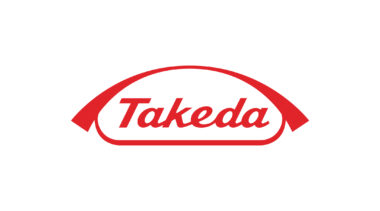New research from the Centenary Institute and the University of Sydney has uncovered important insights into the immune environment within liver cancer, the sixth most common cancer worldwide and the third leading cause of cancer-related deaths.
Published in the journal Hepatology Communications, the study reveals critical differences in immune cell dynamics between tumour regions and surrounding non-tumour tissues in hepatocellular carcinoma (HCC), the most common type of liver cancer. These findings offer hope for the development of new treatment strategies.
Lead author of the study, Dr Felix Marsh-Wakefield, from the Centenary Institute’s Centre for Cancer Innovations and the University of Sydney, said that the team used a cutting-edge technique called imaging mass cytometry in their research. This method allowed them to map various cell types and their interactions within liver tumours and the surrounding tissues.
The research found that while the number of immune cells is similar in both tumour and non-tumour areas, the way these cells interact within the tumour is different. By analysing these cellular interactions, the researchers identified distinct immune ‘neighbourhoods’ around blood vessels in the tumour.
Importantly, said Dr Marsh-Wakefield, these neighbourhoods, which include a variety of immune cells such as T cells and dendritic cells, exhibit increased levels of VEGFA+ perivascular macrophages, another type of immune cell.
“These macrophages produce a protein called VEGFA, which plays a crucial role in the formation and function of blood vessels that help tumours grow and spread,” Dr Marsh-Wakefield said.
“By focusing on the role of VEGFA+ perivascular macrophages in the tumour, new treatments could potentially be developed to disrupt the tumour’s blood supply, hindering its growth and spread,” he said.
The researchers say that their findings shed light on the complex immune environment within liver tumours.
"By identifying how immune cells engage differently within the tumour microenvironment, we can develop new, more precise, and effective treatment strategies for liver cancer,” said Dr. Marsh-Wakefield.
“This research provides a new perspective that could be crucial for future therapeutic approaches and improving patient outcomes."
[ENDS]
Publication:
Spatial mapping of the HCC landscape identifies unique intratumoral perivascular-immune neighborhoods.
About us:
About the Centenary Institute
The Centenary Institute is a world-leading independent medical research institute, closely affiliated to the University of Sydney and the Royal Prince Alfred Hospital. Our research spans the critical areas of cancer, cardiovascular disease, rare diseases, inflammation, infectious diseases, healthy ageing and biomedical AI. Our strength lies in uncovering disease mechanisms and applying this knowledge to improve diagnostics and treatments for patients.
For more information about the Centenary Institute, visit centenary.org.au
About the University of Sydney, Australia
As Australia’s first university – founded in 1850 – the University of Sydney has a proud history of global leadership in education and research and inspiring people from all backgrounds to contribute to positive real-world change. We’re a world-renowned teaching and research institution – our research combines the expertise and talents of scholars from many disciplines. Learn more.
Contact details:
For all media and interview enquiries, please contact
Tony Crawshaw, Media and Communications Manager, Centenary Institute on 0402 770 403 or email: [email protected]


